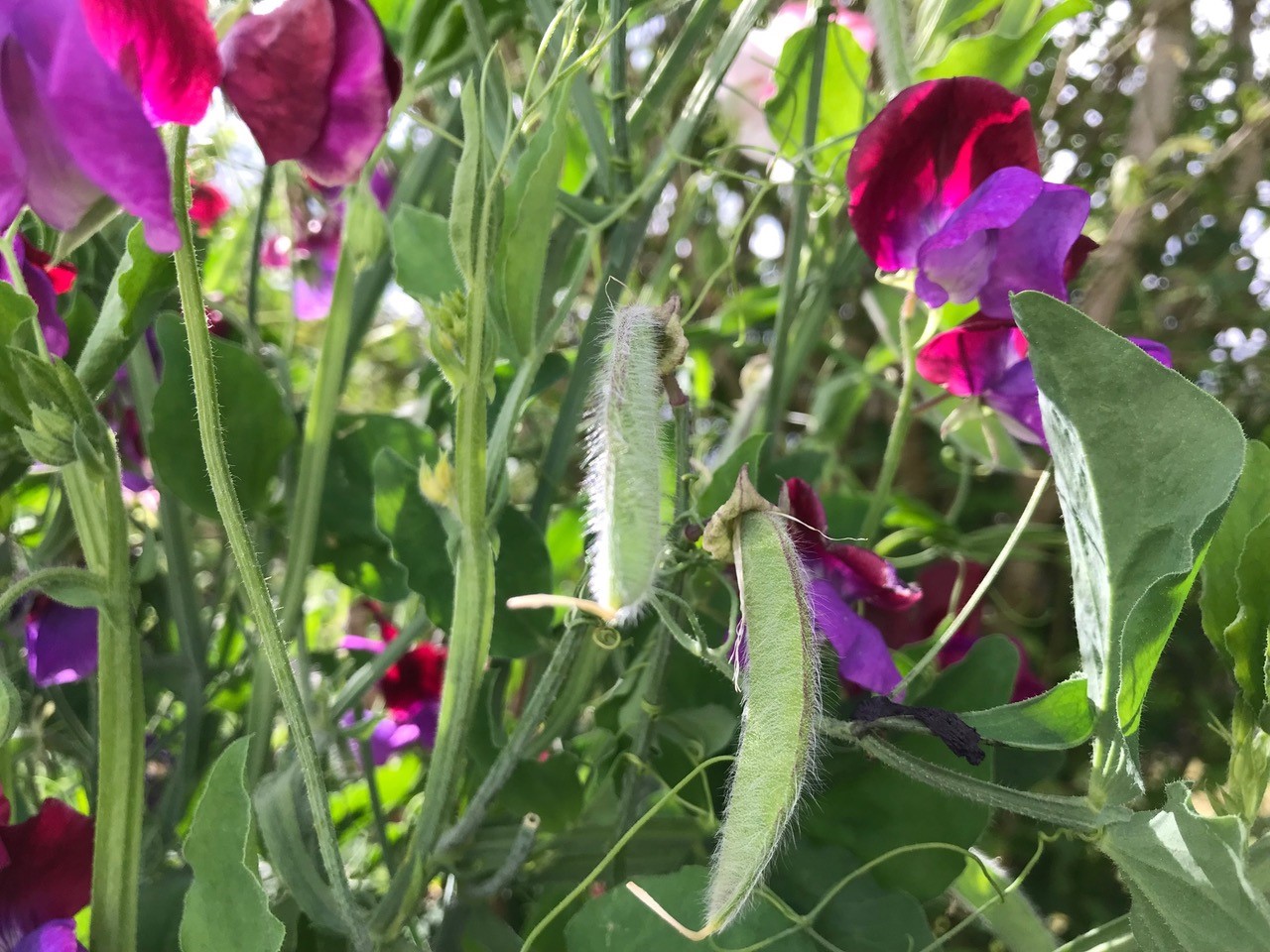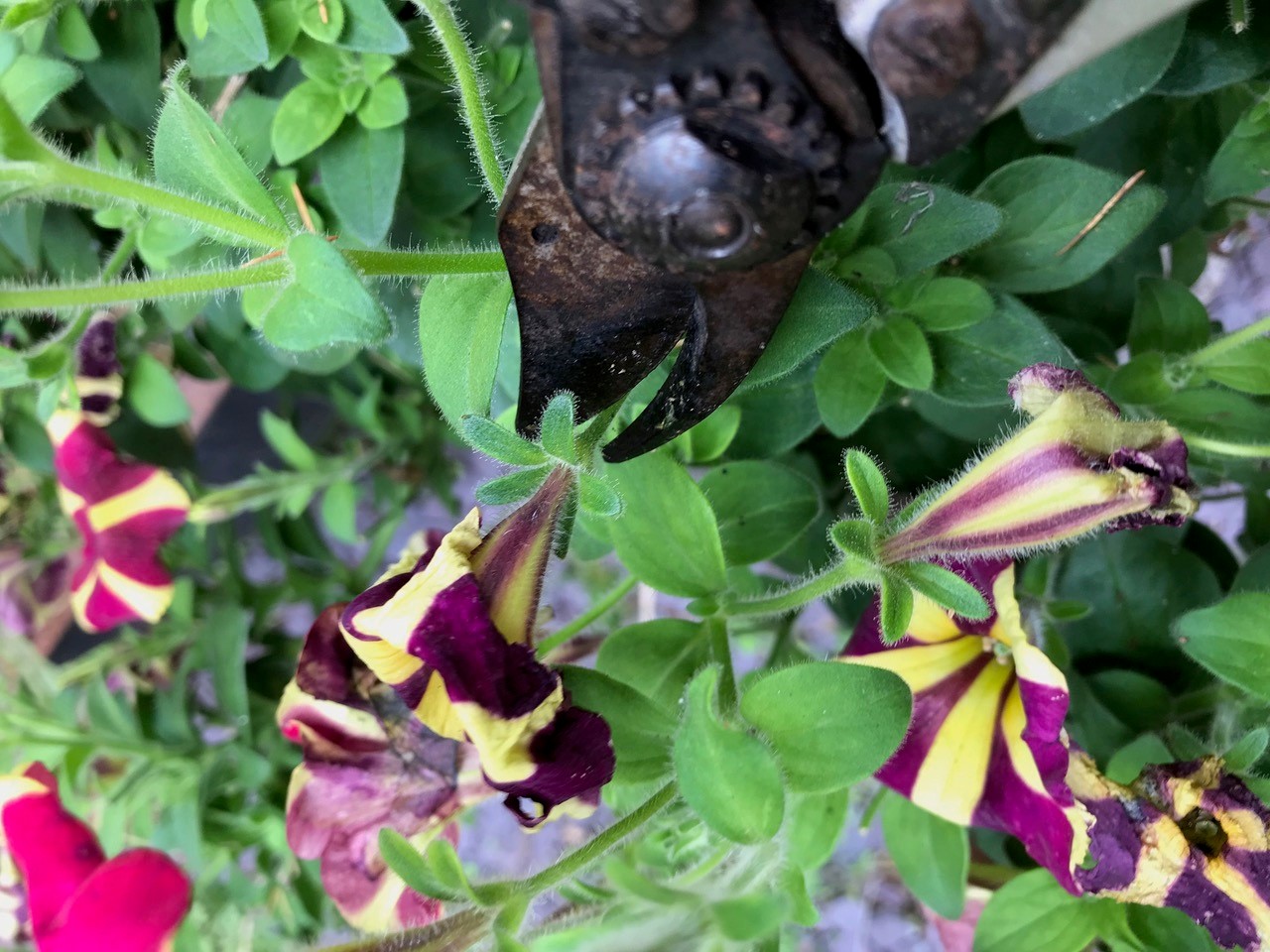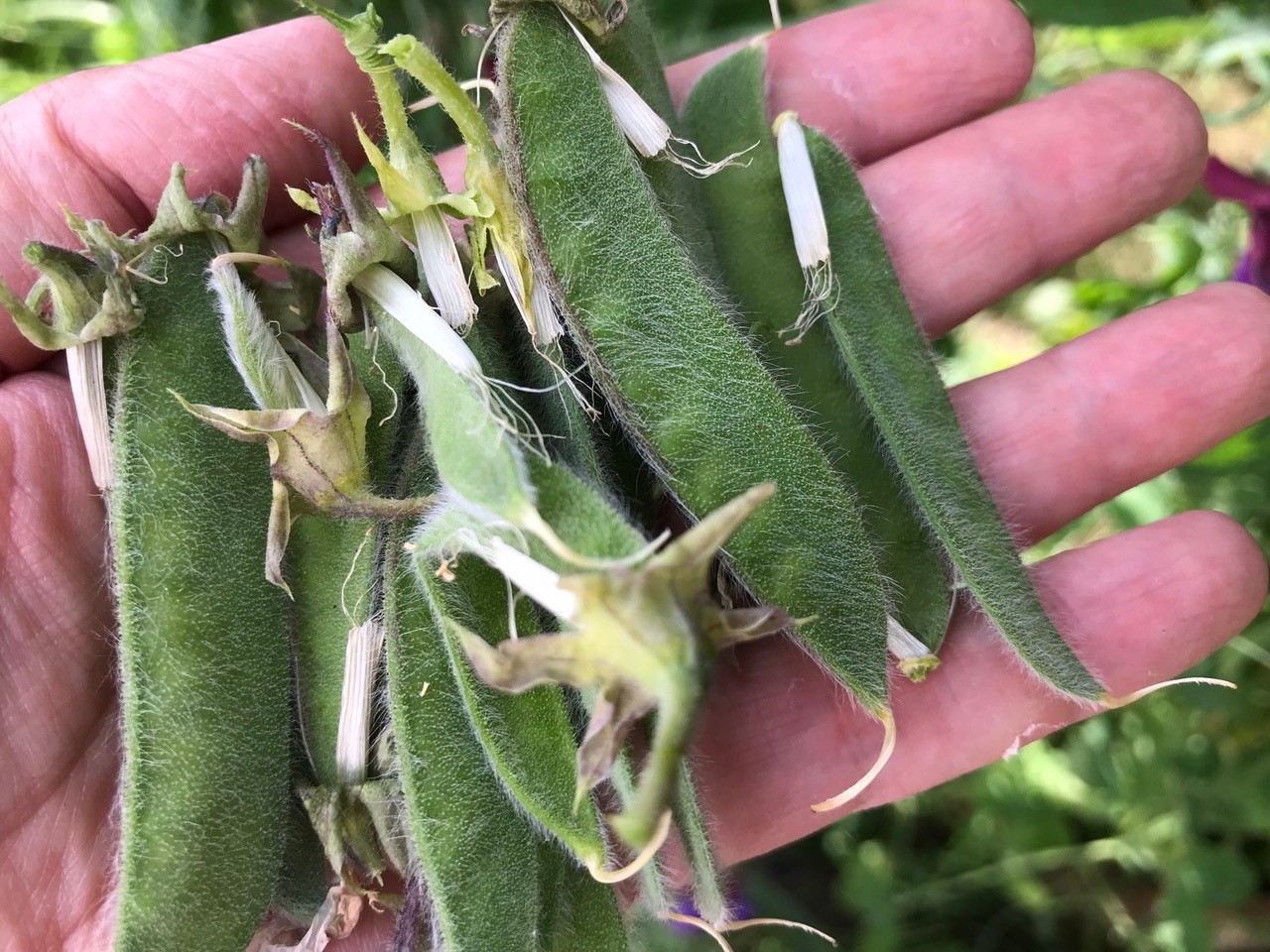Jean Vernon explains the whys and wherefores of deadheading your garden plants

It’s a term bandied about a lot in summer – deadheading. But what does it actually mean and why do we need to do it?
Deadheading is all about keeping your summer plants flowering, more specifically your annual plants but not always. It’s actually the process of removing the dead or spent flowers, but it’s a bit more that that. For to be effective you don’t just remove the petals of the flower, you need to remove the entire flower, including any developing seeds. That’s because most plants and especially annuals whole purpose in life is to set seed. And once this process is underway it no longer needs to make expensive flowers and exorbitant nectar to attract insects to effect pollination. It can instead put all of its energy into making seeds. So if you want your sweet peas, runner beans and pretty much all of your summer container and basket plants to keep on flowering you need to deadhead. By removing the whole flower and the ovary that usually sits above or behind the flower, the plant has to start again, make more flowers and offer the pollinators a sugar rich prize to visit them. Isn’t it clever? So in effect you manipulate the plant to keep flowering.
It works for vegetables too, in fact any plant that produces flowers will repeat flower given half the chance, so it’s a great way to extend the season and keep your plants in flower. For the plants, like beans where you want the seed to develop in the pods before you pick for eating, you simply allow the pods to form and then pick them regularly so that the plants keep making more. It doesn’t go on forever and in fact the plants eventually tire themselves out.

You can support your plants through this flowering phase by feeding them a high potash food. If your garden soil or the compost in your containers is rich in nutrients and in good health this will help too. And of course your plants need plenty of water. You may not realise that in dry weather one of the first things to dry up is nectar flow, which means the flowers are less attractive to the pollinators and that these insects have less available food. A suitably placed water butt will capture fresh rainwater to help you water your plants.
Perennials and shrubs
Deadheading can help keep some perennials flowering, but it’s not quite as successful as deadheading annual flowers. Tidying up dead flower heads can keep the border neat and tidy, but remember that some birds feed on seeds in the garden and also bear in mind that any plants that you want to let self seed need the seed heads leaving on to achieve this.
Roses, buddleia and other shrubs that flower on new growth may have a second flush of flowers if you remove the first flowers and the developing seeds when they have died off. This will encourage fresh stems to grow and bear new flowers. It doesn’t work for everything, but it’s a good way of tidying up your garden as the season progresses. But a word of warning, if you want berries, nuts and fruits on any of your plants do not dead head them!
Self deadheading

Some plants drop their spent flowers and don’t really need deadheading. Plants that do this include the mini petunias calibrochoas, pelargoniums where the flowers tend to die back and just need tidying up, fuchsias mostly drop the flowers, but a few will set seed inside juicy berries, New Guinea Impatiens tend to fall off as do begonia flowers which either deadhead themselves, neatly dropping the flowers to the ground, or they don’t set much seed.
If you have lots of summer colour, deadheading can be quite time consuming, but it is the perfect opportunity to loose yourself in the garden and practice a little mindfulness while snipping off those spent summer flowers.










